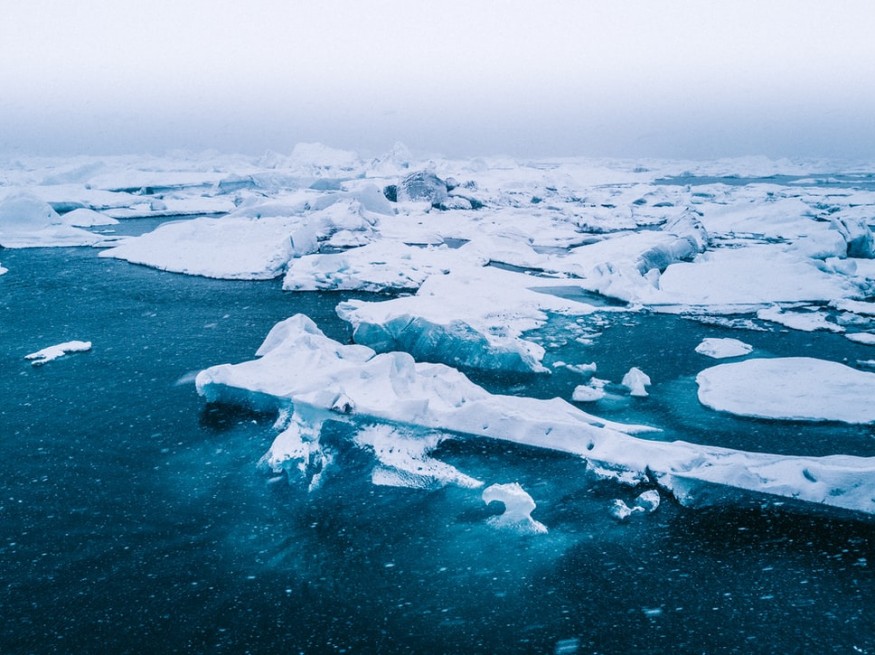The thickest Arctic sea ice in the world stretches between Greenland and the Canadian Arctic territory. This massive mass of sea ice arch is called the "Last Ice Area." Scientists vocalize their worry about the area as new research suggests that it could be more prone to melting than previously thought. The region shows intense signs of fragility.

Arctic sea ice grows and shrinks depending on the season, but it has lasted firmly so far. It even survived the intensity of the hottest recorded summer heat with relative ease. Scientists even claim that the area could endure even after the entire Arctic goes "ice-free" during the warmest summer months. The ability to remain frozen despite constant heat spikes made it the perfect area for Arctic wildlife species that rely on the cold for survival, like polar bears and walruses to take refuge in.
However, despite its infamous durable characteristics, like all hard things, it will eventually falter. According to a recently published research study from the University of Toronto, the Last Ice Area may be in more danger than previous studies claimed.
Climate crisis Professor Kent Moore, along with his team, described how the sea ice is at a terrible risk, not just of melting in place but of eventually floating into warmer regions down south. If this will happen, an inevitable Arctic "ice deficit" is possible. That ice deficit would ultimately hasten the disappearance of the Last Ice Area.
"This ancient ice is what we're concerned about," says Moore, who is in University of Toronto Mississauga's department of chemical and physical sciences. "The hope is that this area will persist into the middle part of this century or even longer. And then, hopefully, we'll eventually be able to cool the planet down. The ice will start growing again, and then this area can act as a sort of seed."
By using information gathered from satellite data analysis, his team has been studying the massive ice arch.
They had already observed that warning trends from earlier studies showed the massive chunk of ice is continuously moving.
He explained that the Last Ice Area is losing precious amounts of ice mass. This observation leads to the conclusion that the area may not be as stable as people thought it was.
The most recent data analysis states that the problem is getting worst. According to the study, the arches along Nares Strait that historically have held the Last ice Area in place have become less stable.
Also Read: Arctic's in Danger! 5 Infographics Showing the Alarming State of the Arctic
What would happen if the Last Ice Area is lost?
The impact of the Last Ice Area's total melting would not only affect photogenic species like the local polar bears and walruses; it would impact everyone. Ice algae below the ice area supply carbon, oxygen, and other nutrients that underpin the ecosystem's ability to support all kinds of life. The fall of one ecosystem can also start an elaborate domino effect that would affect other ecosystems and disrupt things' natural flow.
It's an alarming thought that what was once called the place where ice never melts is melting.
RELATED ARTICLE: Snowmageddon: Polar Vortex Split May Result to Weeks of Intense Winter
For more news about the climate, don't forget to Follow Nature World News!
© 2025 NatureWorldNews.com All rights reserved. Do not reproduce without permission.





